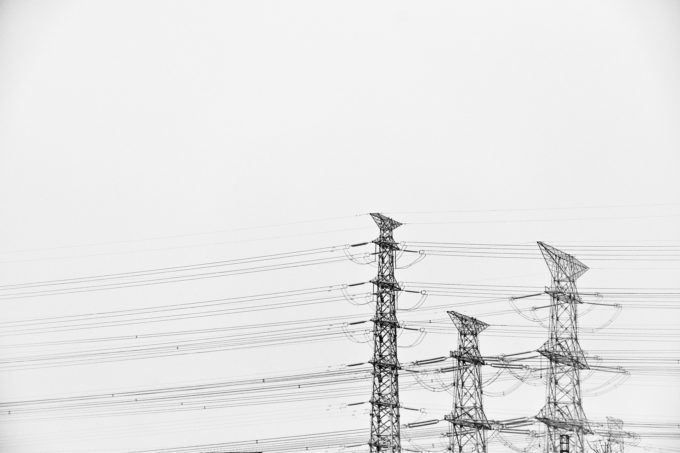United Access Technologies LLC v. AT&T Corp., Docket No. 17-02614 (Fed. Cir. Sept 26, 2017), opinion hosted by United States Court of Appeals for the Federal Circuit official website.
The Federal Circuit partly reversed the District of Delaware’s grant of summary judgment which held that AT&T and other telecom cable providers (“Defendants”) had not infringed upon patents for cable signal transmission technology held by United Access Technologies, LLC (“UAT”) (Patent #1, Patent #2, Patent #3). UAT’s patents covered devices (“signal interfaces”) that could be placed along pre-existing public trunk and local network telephone lines. The devices transmit and receive cable signals at higher frequencies than telephone signals, allowing telephone lines to provide both telephone and cable signal to end users without installation of additional cables. Public trunk lines are the primary transmitters of telephone signals between two points, while local network lines branch off of the public trunk line to serve smaller subdivisions of residences and businesses.
In granting summary judgment, the District of Delaware’s claim construction of the patents imposed a positional and ownership restriction upon the scope of UAT’s patents. The district court’s positional restriction limited the scope of the patents to cover only signal interfaces placed on the local network lines. The ownership restriction limited the scope of the patents to cover only devices placed on telephone lines that were owned by residents and businesses. Because Defendants’ signal interfaces were positioned on local network lines, and the lines were owned by Defendants instead of private residents and businesses, the district court held that UAT’s patents had not been infringed on.
Upon appeal, the Federal Circuit affirmed the district court’s claim construction in regards to the positional restriction, agreeing that the patent specifications made it clear that the signal interfaces must be located on local network lines. However, the Federal Circuit reversed the district court’s claim construction regarding the ownership restriction. The Federal Circuit held that in absence of intrinsic evidence to the contrary, there was no reason to construe the asserted claims in UAT’s patents as only applying to lines owned by residents or businesses. The Federal Circuit remanded the case to determine if Defendants had infringed UAT’s patents by placing signal interfaces on local network lines regardless of ownership of those lines.
The Federal Circuit also heard a cross-appeal by Defendants, who claimed that UAT’s patent claims were invalid due to indefiniteness. The patents did not specify the frequency bounds at which the signal interfaces operated except as “a high frequency band of frequencies above the highest frequency of the telephone voice band.” However, the Federal Circuit affirmed the district court’s claim construction, holding that as long as the lower bound of the frequency was defined, the patents’ claims were not indefinite. The construction implied that the signal interface operated at higher frequencies than telephone signals, and thus a person of “ordinary skill in the art” could estimate the lower bound of the frequency with reasonable certainty. Nautilus, Inc. v. Biosig Instruments, Inc., 572 U.S. 898, 901 (2014). Because the purpose of the frequency limitation was to distinguish between cable and telephone signals, an undefined upper frequency bound did not render the claims indefinite.
This is not the first time that UAT has litigated disputes over its signal transmission technology. In 2013, UAT engaged in litigation with CenturyTel Broadband Services LLC over the same three patents. In 2015, the Federal Circuit reversed the district court’s dismissal on collateral estoppel grounds of UAT’s infringement actions, and litigation is still ongoing.
